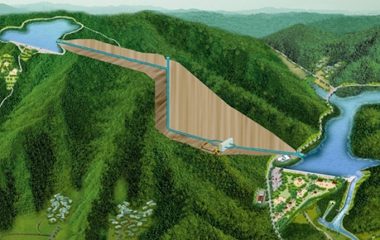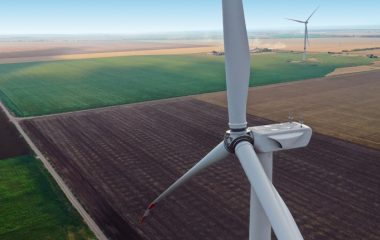
Photo: mrganso from Pixabay
Share
Published:
March 11, 2022
Country:
Author
Share
Two international consortiums plan to invest a total of EUR 160 million in two solar power plants in the municipality of Sokolac in Bosnia and Herzegovina (BiH). At the same time, the Central Bosnia Canton has invited bids for a concession for two photovoltaic power plants in the municipality of Bugojno.
Milovan Bjelica, the mayor of Sokolac, has said that one of the two solar power plants, with an installed capacity of up to 100 MW, will be financed by Lithuanian solar panel manufacturer SoliTek through a consortium comprising companies from Lithuania, Poland, and Serbia, in an EUR 80 million investment.
One of the solar power plants in Sokolac could have a capacity of 100 MW
The consortium which intends to build the second power plant, a project also worth some EUR 80 million, comprises firms from Germany, Spain, and Serbia.
The projects are expected to be launched in a few months
Bjelica also said that he expects the projects to be launched in a few months, adding that the locations for the future power plants are at Glasinačko polje and Tukovi.
Bugojno plans to grant concession for two solar plants with combined capacity of 50 MW
According to the public call issued by the Central Bosnia Canton’s Ministry of Economy, the maximum installed capacity of the two power plants, called Gračanica 1 and Gračanica 2, would be 50 MW.
The concession will be granted for a period of 30 years
The Build-Operate-Transfer (BOT) concession will be granted for a period of 30 years, after which the ownership of the facilities is to be transferred to the canton. The concession fee will be 1.5% of the total value of electricity produced. Bids are to be submitted within 30 days of the public call.
Bileća will also get a solar power plant, with an installed capacity of 10 MW
Last week, the Government of the Republic of Srpska, decided to initiate a bidding procedure for a concession to develop a solar park in the municipality of Bileća. The plant’s installed capacity will be 10 MW and its projected annual output 16.5 GWh.
According to earlier reports, power utility Elektroprivreda Bosne i Hercegovine (EPBiH) plans to install a 36 MW solar park near the Podveležje wind farm, while the Republic of Srpska has awarded two concessions for the construction of solar power plants – to privately-owned energy trader EFT (60 MW) and state-owned utility Elektroprivreda Republike Srpske (73 MW).
The largest project was announced by firm Eco-Wat from Kiseljak.









Be the first one to comment on this article.